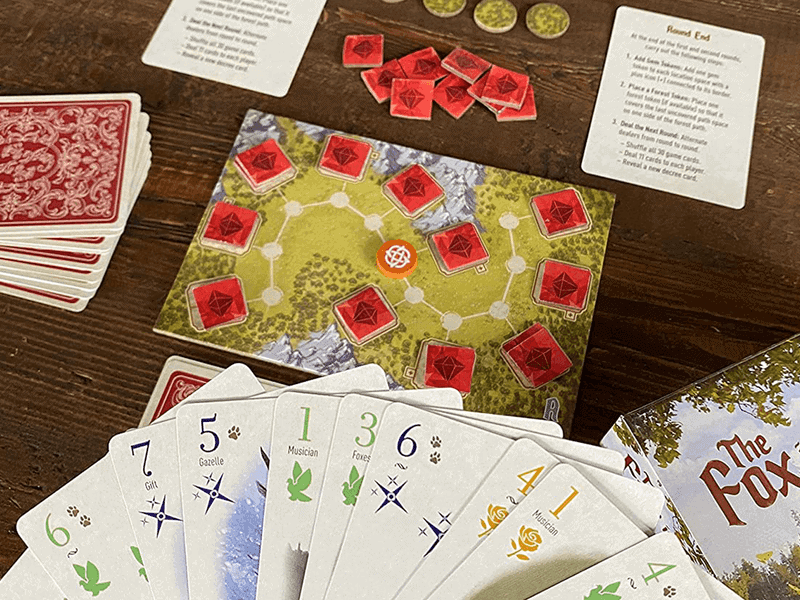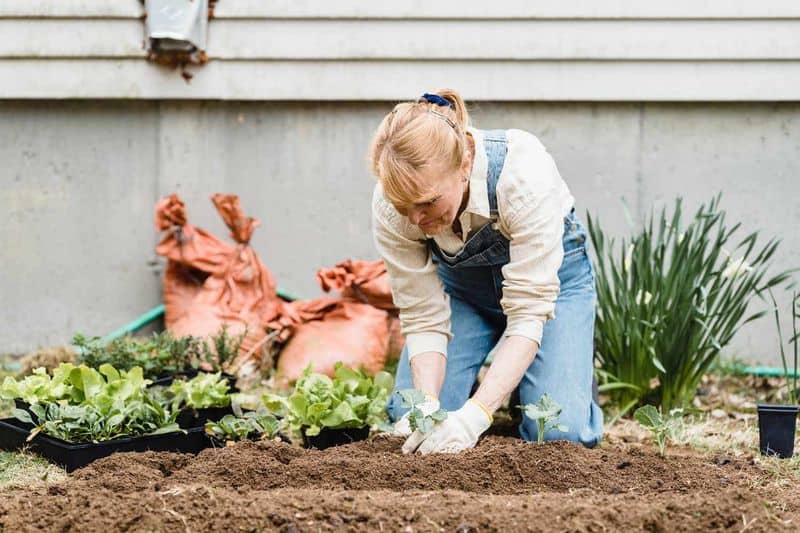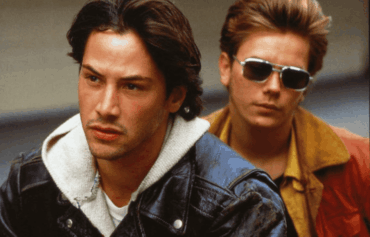The 1990s were a time when technology was just beginning to boom, yet many relied on more traditional methods to manage stress. Without the constant buzz of smartphones or the endless scrolling on social media, people found creative ways to unwind and find peace of mind. From listening to music on a Walkman to engaging in outdoor activities, the ’90s offered a plethora of stress-relief practices. This article explores 15 unique methods from the ’90s that taught us how to handle stress effectively without the aid of modern technology.
1. Listening to Music

Music served as an emotional refuge in the ’90s, with many finding solace in their favorite tunes. With a Walkman or CD player at hand, people could tune out the world and immerse themselves in melodies that resonated with their moods. This time allowed for introspection and emotional release, creating a personal sanctuary that comforted the soul. Listening to music became a personal ritual, offering an escape from the chaos of everyday life. This practice of music therapy was not only enjoyable but also helped in reducing stress and improving overall emotional well-being.
2. Outdoor Activities

Outdoor activities were a staple for stress relief in the ’90s, encouraging physical exercise and social interaction. Whether it was playing frisbee in the park or going for a bike ride, these activities provided a break from routine. The fresh air and physical exertion helped release endorphins, reducing stress and boosting mood. Engaging in nature also offered a welcome distraction, allowing individuals to recharge and reenergize. Socializing during these activities further enhanced the sense of belonging and community, making it a wholesome way to unwind. The simplicity of outdoor fun brought joy and relaxation to many.
3. Reading Books

Reading books was a cherished escape in the ’90s, allowing individuals to dive into different worlds and stories. This practice helped distract from everyday stressors, offering a mental break and relaxation. The tangible feel of turning pages provided a comforting, tactile experience that enhanced enjoyment. Immersing oneself in literature also stimulated imagination and creativity, providing a sense of adventure without leaving home. It allowed for quiet moments of reflection and solitude, creating a personal sanctuary away from life’s demands. This peaceful practice nurtured a lifelong love for reading and exploring new ideas.
4. Crafting and DIY Projects

Crafting and DIY projects were popular stress-relievers in the ’90s, allowing for creativity and self-expression. Engaging in hands-on activities like scrapbooking or making friendship bracelets provided a sense of accomplishment and satisfaction. These projects offered a productive way to unwind, focusing the mind on artistic endeavors rather than worries. Additionally, crafting fostered mindfulness, as individuals concentrated on each step of the process. The joy of creating something tangible helped elevate mood and reduce anxiety. This non-digital pastime encouraged innovation and resourcefulness, making it a fulfilling hobby that was both calming and enjoyable.
5. Exercise and Sports

Exercise and sports were vital components of stress management in the ’90s, promoting physical and mental well-being. Participating in team sports or hitting the gym helped release tension and build resilience against stressors. The physical exertion involved in exercise produced endorphins, enhancing mood and reducing anxiety. These activities also encouraged discipline and routine, helping individuals stay focused and determined. Moreover, being part of a sports team fostered camaraderie and support, essential for emotional health. Whether through a competitive game or a simple workout session, exercise served as a powerful tool for stress relief and self-improvement.
6. Yoga and Meditation

Yoga and meditation gained popularity in the ’90s as effective stress-reduction practices. These activities encouraged relaxation, self-reflection, and mindfulness, helping individuals connect with their inner peace. Practicing yoga involved stretching and breathing techniques that relaxed the body and mind, reducing tension and anxiety. Meditation offered a quiet space for introspection, calming the mind and promoting emotional balance. Together, they provided a holistic approach to managing stress, enhancing overall well-being. The simplicity and accessibility of these practices made them appealing, offering a moment of tranquility and mental clarity in an otherwise busy world.
7. Cooking and Baking

Cooking and baking were popular activities in the ’90s, providing a delicious way to relieve stress. Engaging in culinary arts allowed individuals to focus on creating something flavorful, diverting attention from daily worries. The process of measuring, mixing, and cooking was meditative, offering a sensory experience that soothed the mind. Sharing these creations with loved ones also fostered connection and joy, enhancing emotional health. Cooking became a fun and rewarding hobby that encouraged creativity and skill development. The delightful aromas and tastes brought comfort, making the kitchen a refuge from life’s pressures.
8. Board Games and Puzzles

Board games and puzzles offered interactive entertainment in the ’90s, enhancing social bonds and reducing stress. Engaging in these activities encouraged strategic thinking and mental agility, providing a stimulating yet relaxing experience. Gathering around a table for a game night fostered connection and laughter, strengthening relationships. Puzzles offered a quiet challenge, focusing the mind and providing a sense of accomplishment once completed. These pastimes allowed for quality time with family and friends, away from screens and distractions. The joy of playing together created cherished memories, making them a beloved way to unwind and recharge.
9. Gardening

Gardening was a therapeutic activity in the ’90s, connecting people with nature and nurturing relaxation. Tending to plants offered a peaceful retreat, allowing individuals to escape the hustle and bustle of daily life. The physical activity involved in gardening also provided exercise, boosting mood and reducing stress. Watching plants grow and thrive brought a sense of accomplishment and joy, encouraging patience and mindfulness. Gardening allowed for creativity in designing and cultivating green spaces, enhancing the beauty of one’s surroundings. This rewarding hobby fostered a deeper appreciation for nature and well-being.
10. Volunteering

Volunteering was a fulfilling way to manage stress in the ’90s, offering a sense of purpose and community engagement. Helping others diverted attention from personal worries, fostering empathy and compassion. This altruistic activity built stronger social connections, contributing to emotional well-being and happiness. Volunteering provided opportunities for skill development and personal growth, enhancing self-esteem and confidence. Participating in community events created a sense of belonging and shared purpose, reducing feelings of isolation. The joy of making a positive impact enriched lives, making volunteering a meaningful and rewarding stress-relief practice.
11. Writing Letters

Writing letters was a cherished form of communication in the ’90s, offering a personal touch in expressing sentiments. Crafting a letter required thoughtfulness and care, allowing individuals to slow down and reflect on their emotions. The act of writing by hand engaged creativity and focus, providing a break from daily stressors. Sending letters strengthened relationships, offering a tangible connection that digital messages lack. Receiving a heartfelt letter brought joy and surprise, enhancing emotional bonds. This practice encouraged mindfulness and patience, making it a calming and rewarding way to connect with loved ones.
12. Hiking and Nature Walks

Hiking and nature walks were popular stress-relief activities in the ’90s, providing an escape into the tranquility of the outdoors. Exploring natural landscapes offered a soothing retreat, helping to clear the mind and reduce anxiety. The physical activity involved in hiking released endorphins, boosting mood and enhancing overall well-being. Nature walks encouraged appreciation for the environment, fostering a sense of peace and relaxation. Sharing these experiences with friends or family strengthened social bonds, creating joyful memories. This outdoor adventure offered a healthy balance of exercise and relaxation, promoting mental and physical health.
13. Playing Musical Instruments

Playing musical instruments was a beloved hobby in the ’90s, offering a creative outlet for stress relief. Learning to play an instrument like the guitar or piano required focus and practice, diverting attention from worries. The joy of making music provided a sense of accomplishment and self-expression, enhancing emotional well-being. This activity encouraged discipline and perseverance, building resilience against life’s challenges. Sharing music with others fostered connection and joy, creating meaningful experiences. Whether playing solo or in a band, making music was both fulfilling and therapeutic, offering a melodious escape from stress.



